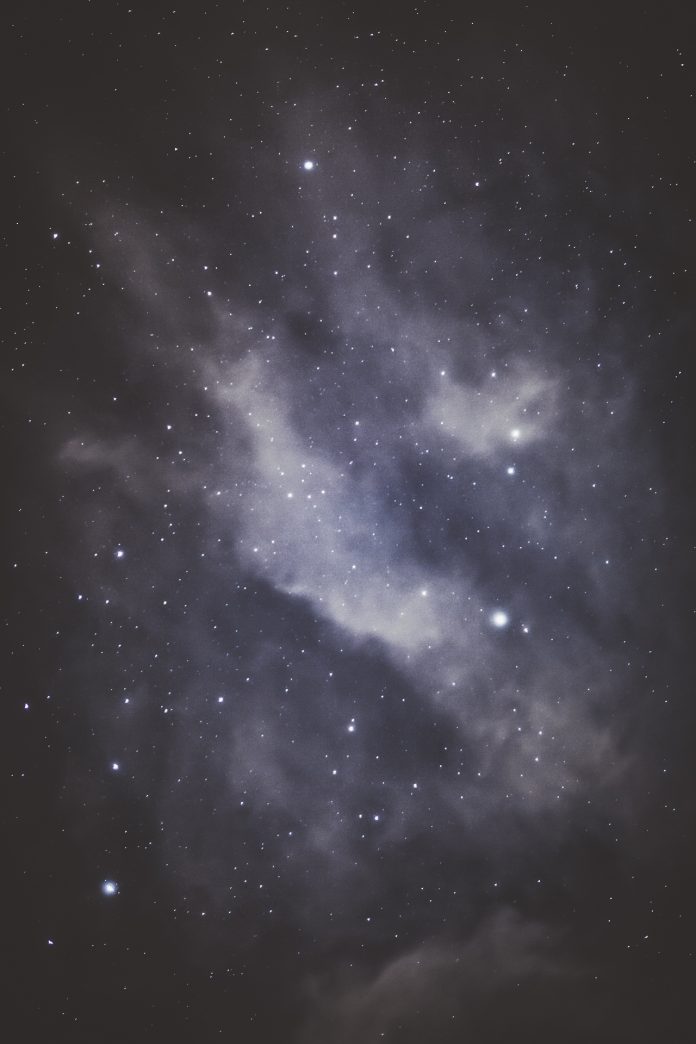In this article we will see how we can transform image using daubechies wavelet in mahotas. In general the Daubechies wavelets are chosen to have the highest number A of vanishing moments, (this does not imply the best smoothness) for given support width 2A. There are two naming schemes in use, DN using the length or number of taps, and dbA referring to the number of vanishing moments. So D4 and db2 are the same wavelet transform.
In this tutorial we will use “luispedro” image, below is the command to load it.
mahotas.demos.load('luispedro')
Below is the luispedro image

In order to do this we will use mahotas.daubechies method
Syntax : mahotas.daubechies(img, ‘D8’)
Argument : It takes image object and string i.e one of ‘D2’, ‘D4’, … ‘D20’ as argument
Return : It returns image object
Note : Input image should be filtered or should be loaded as grey
In order to filter the image we will take the image object which is numpy.ndarray and filter it with the help of indexing, below is the command to do this
image = image[:, :, 0]
Example 1:
Python3
# importing various librariesimport numpy as npimport mahotasimport mahotas.demosfrom mahotas.thresholding import soft_thresholdfrom matplotlib import pyplot as pltfrom os import path# loading imagef = mahotas.demos.load('luispedro', as_grey = True)# making ply grayplt.gray()# showing imageprint("Image")plt.imshow(f)plt.show()# Transform using D8 Wavelet to obtain transformed image tt = mahotas.daubechies(f, 'D8')# showing transformed imageprint("Transformed Image")plt.imshow(t)plt.show() |
Output :

Example 2:
Python3
# importing required librariesimport mahotasimport numpy as npfrom pylab import imshow, showimport os# loading imageimg = mahotas.imread('dog_image.png')# filtering imageimg = img[:, :, 0]# showing imageprint("Image")imshow(img)show() # Transform using D8 Wavelet to obtain transformed image tt = mahotas.daubechies(img, 'D8')# showing transformed imageprint("Transformed Image")imshow(t)show() |
Output :





